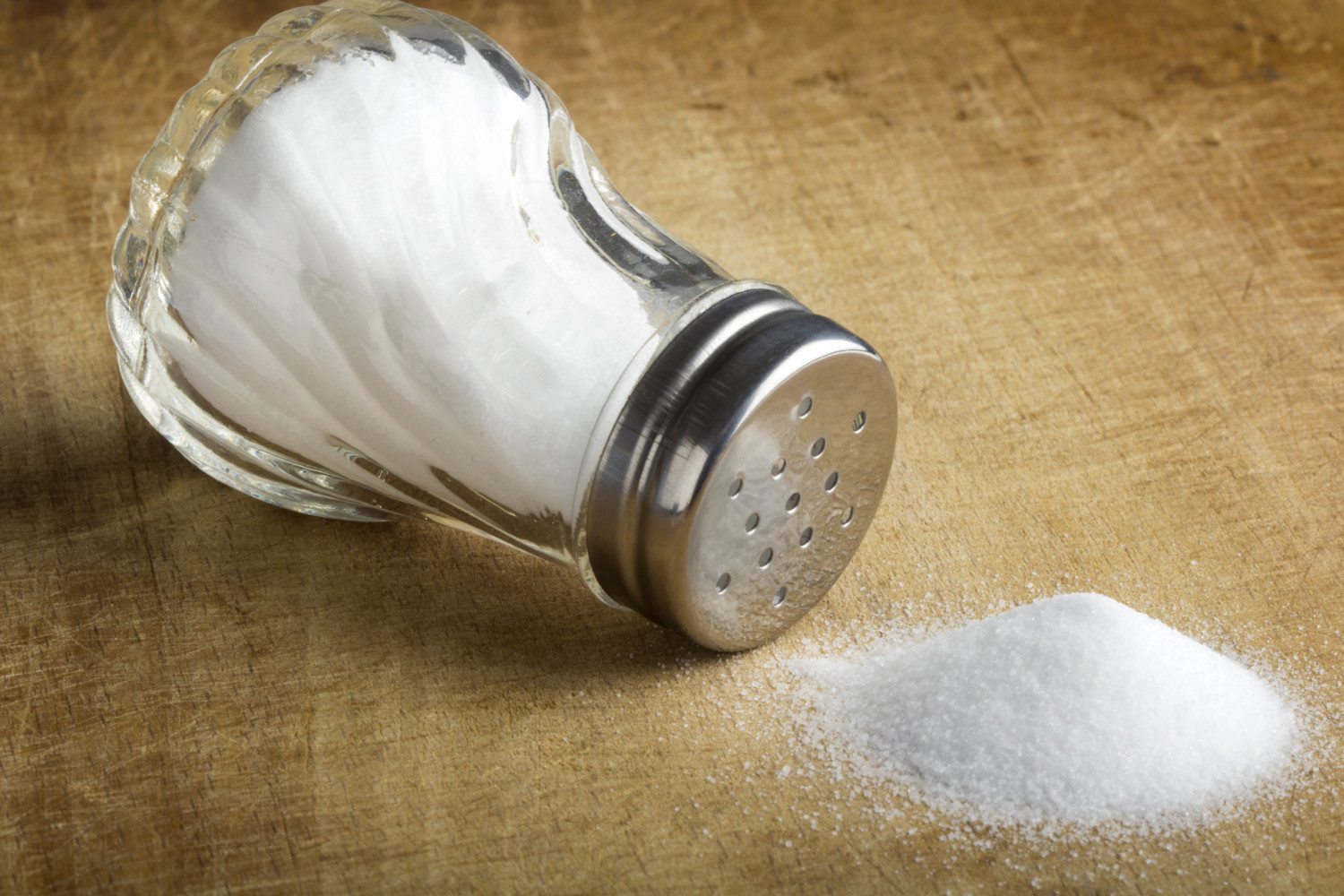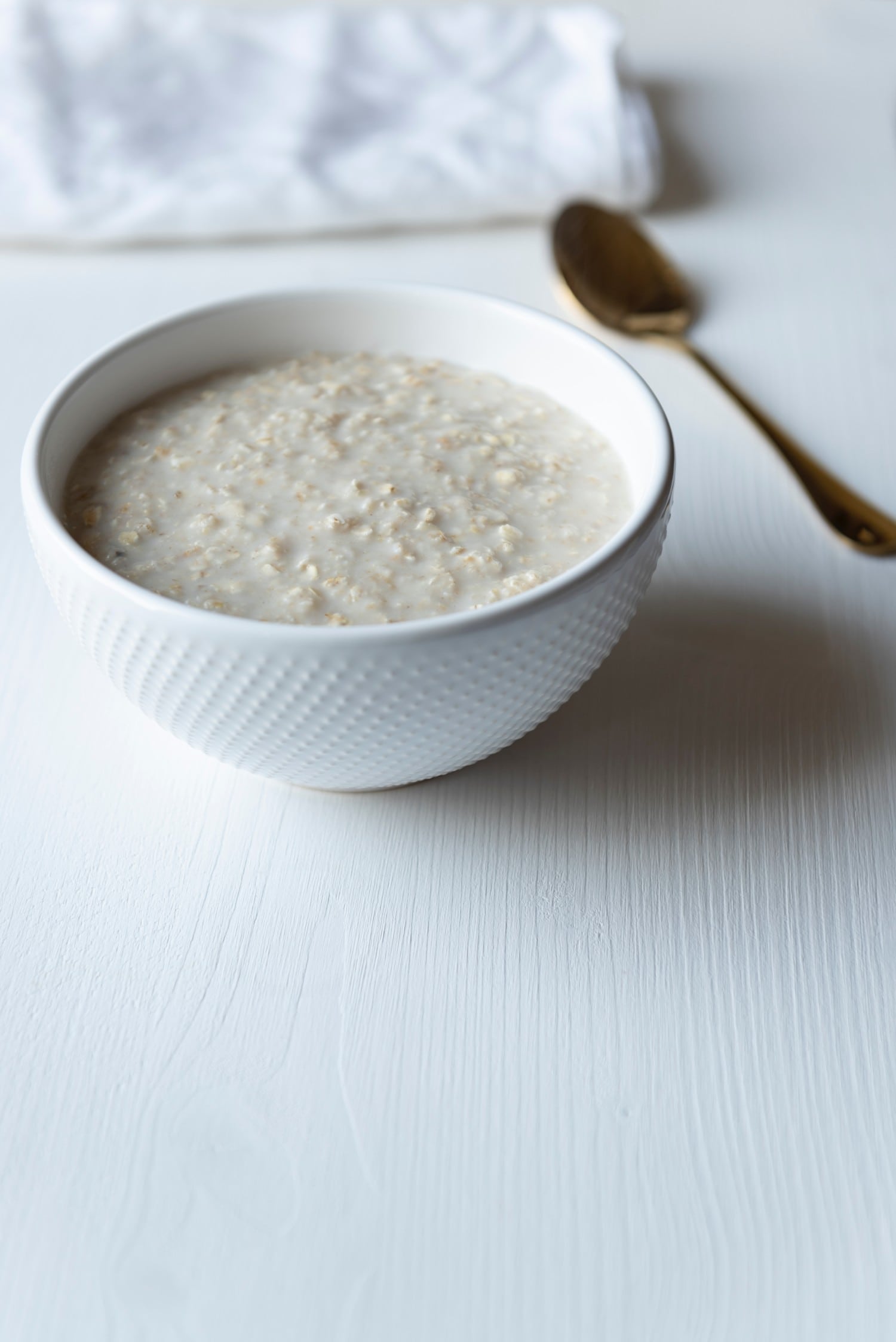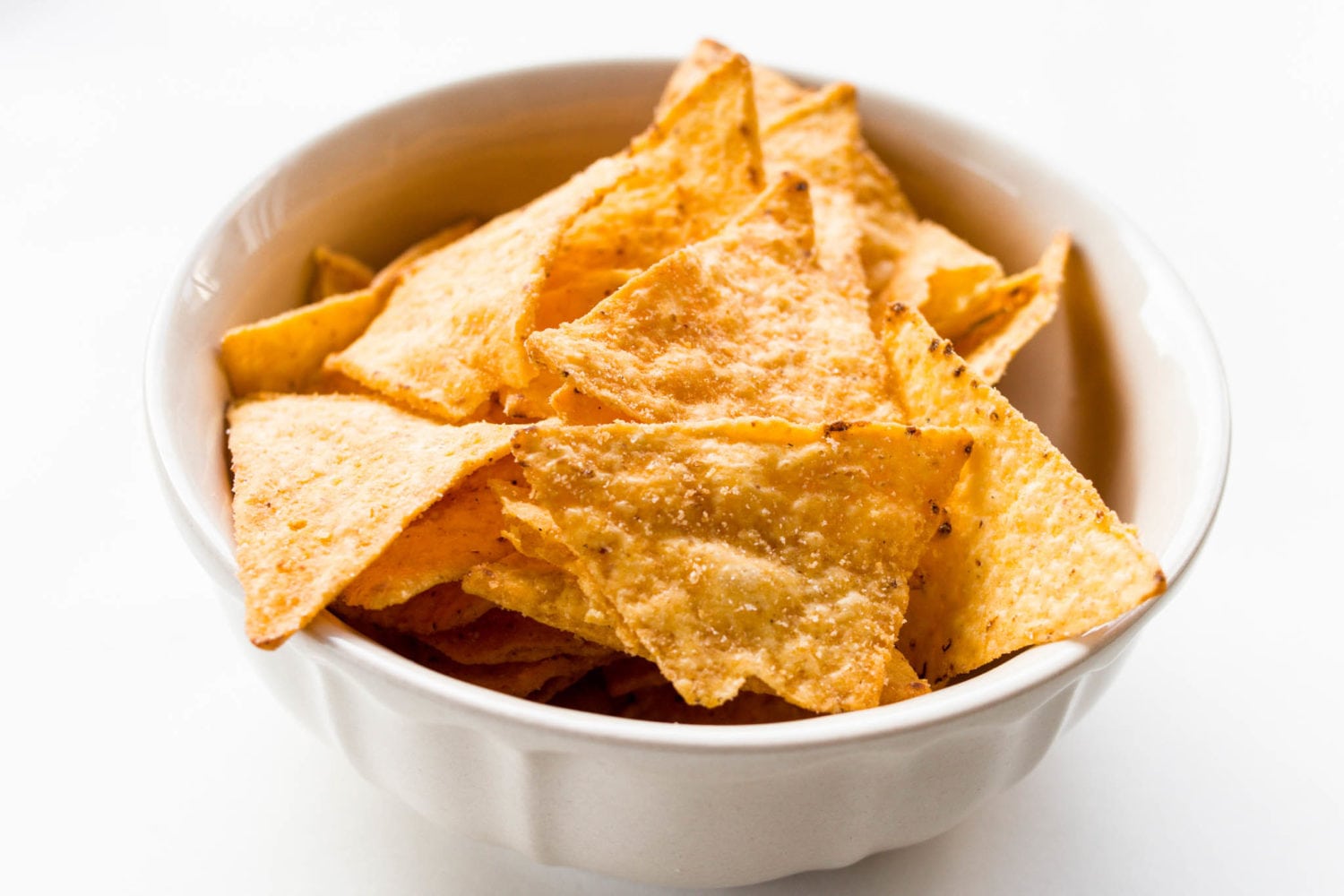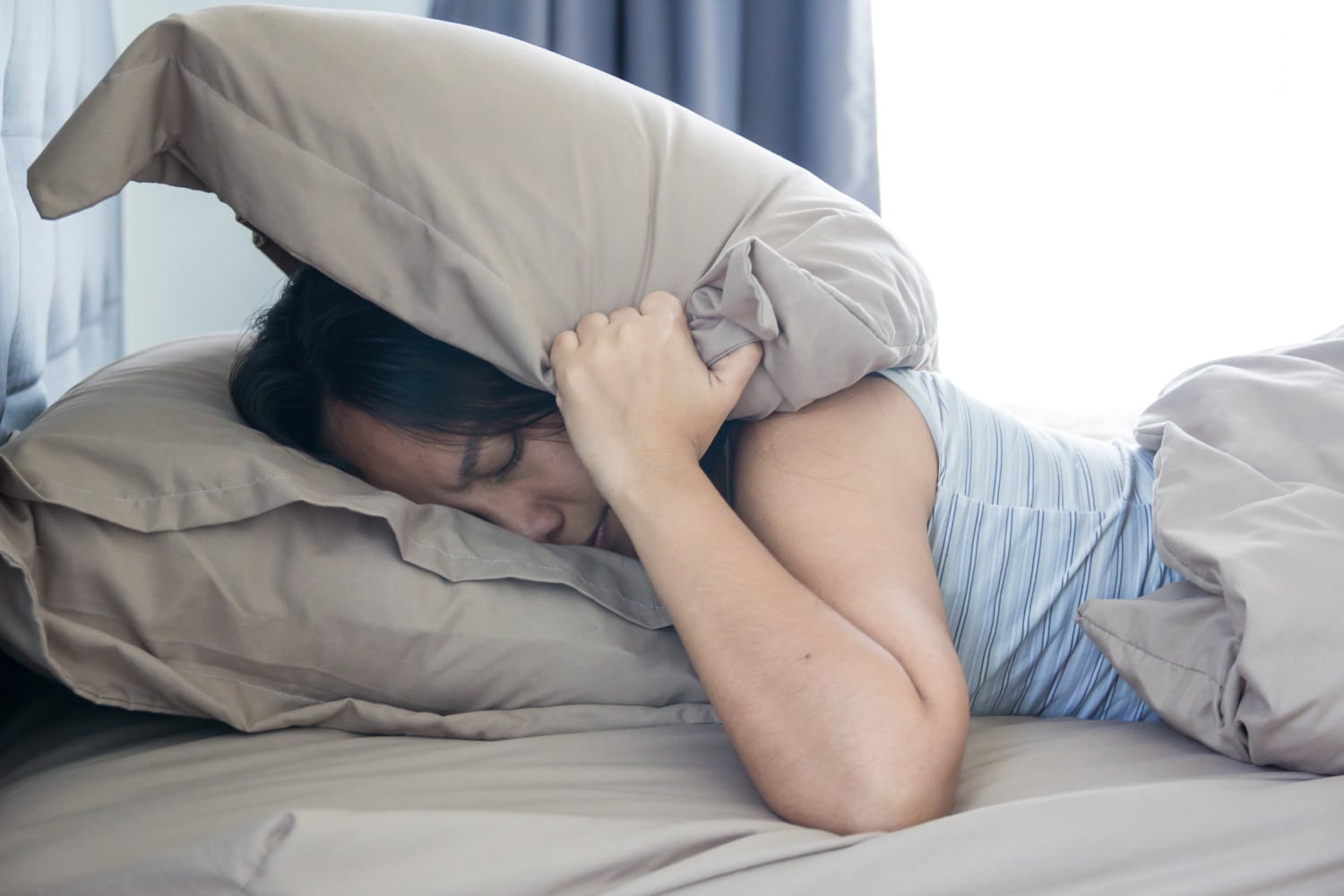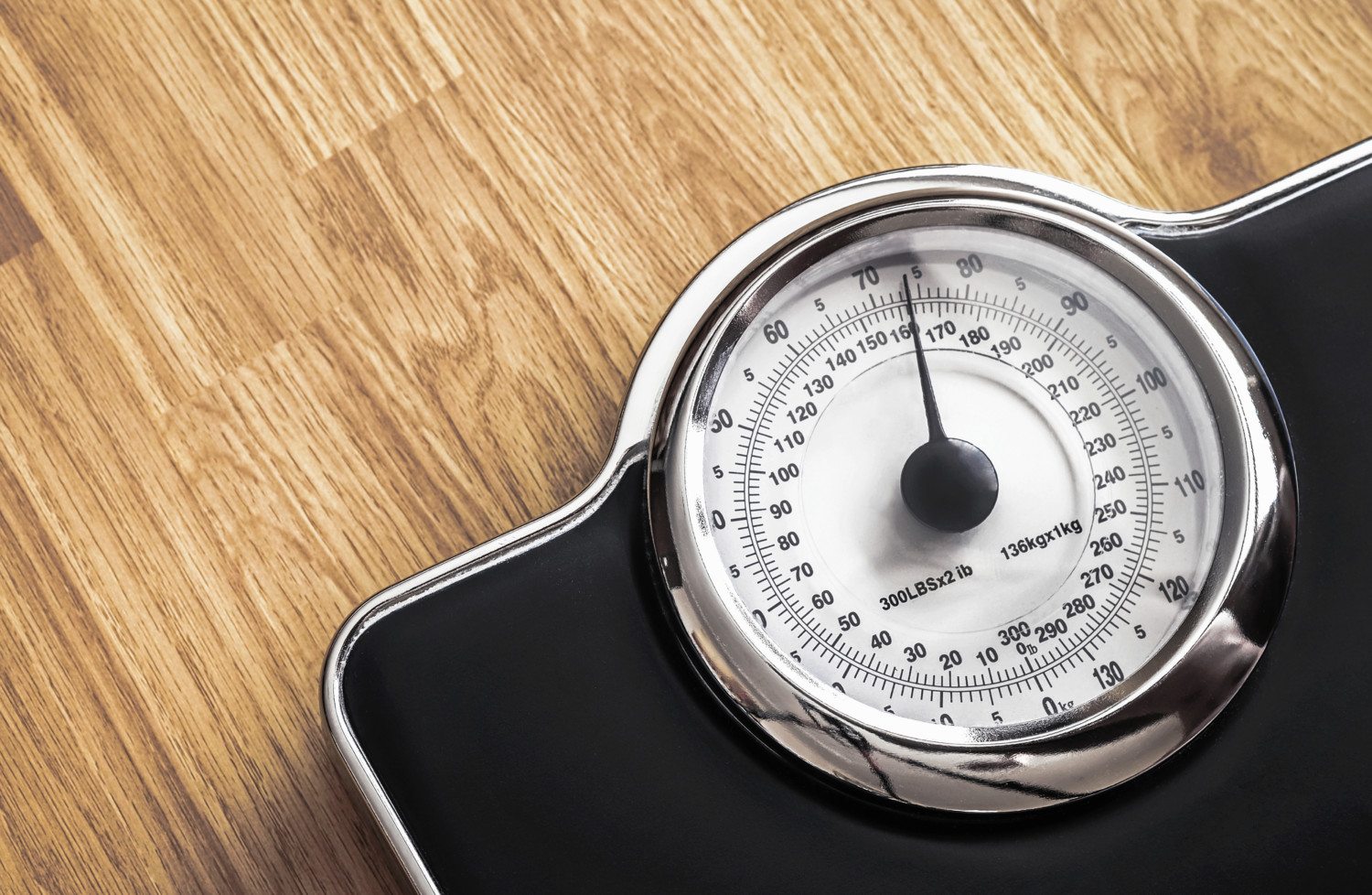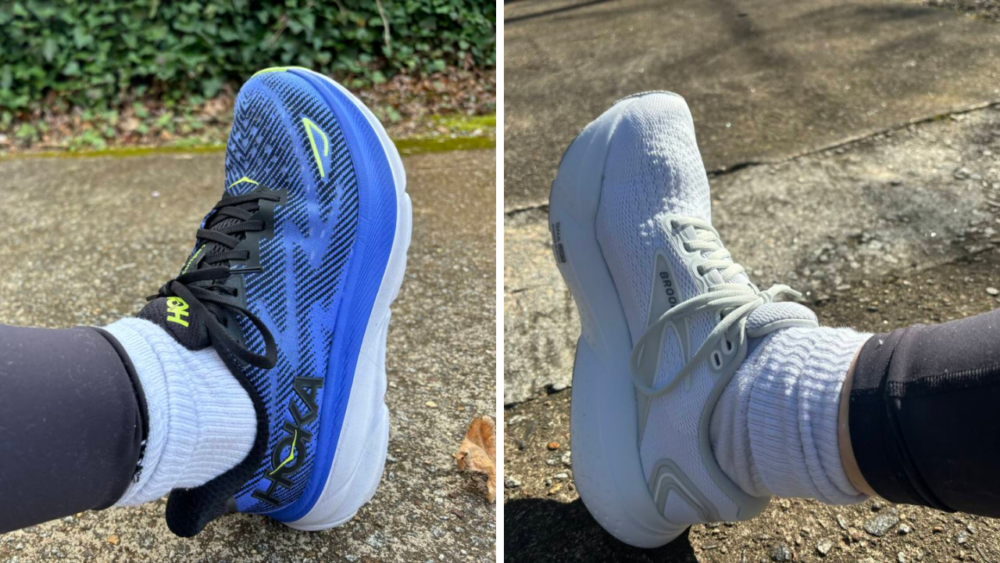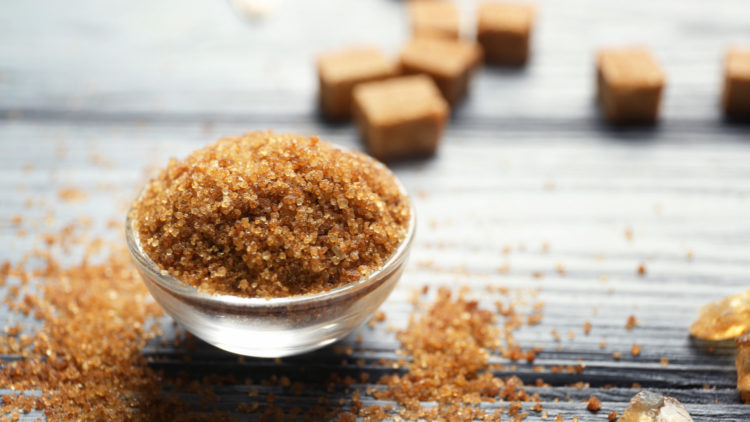11 Reasons You’re Not Losing Weight—Even Though You Eat Healthy And Exercise
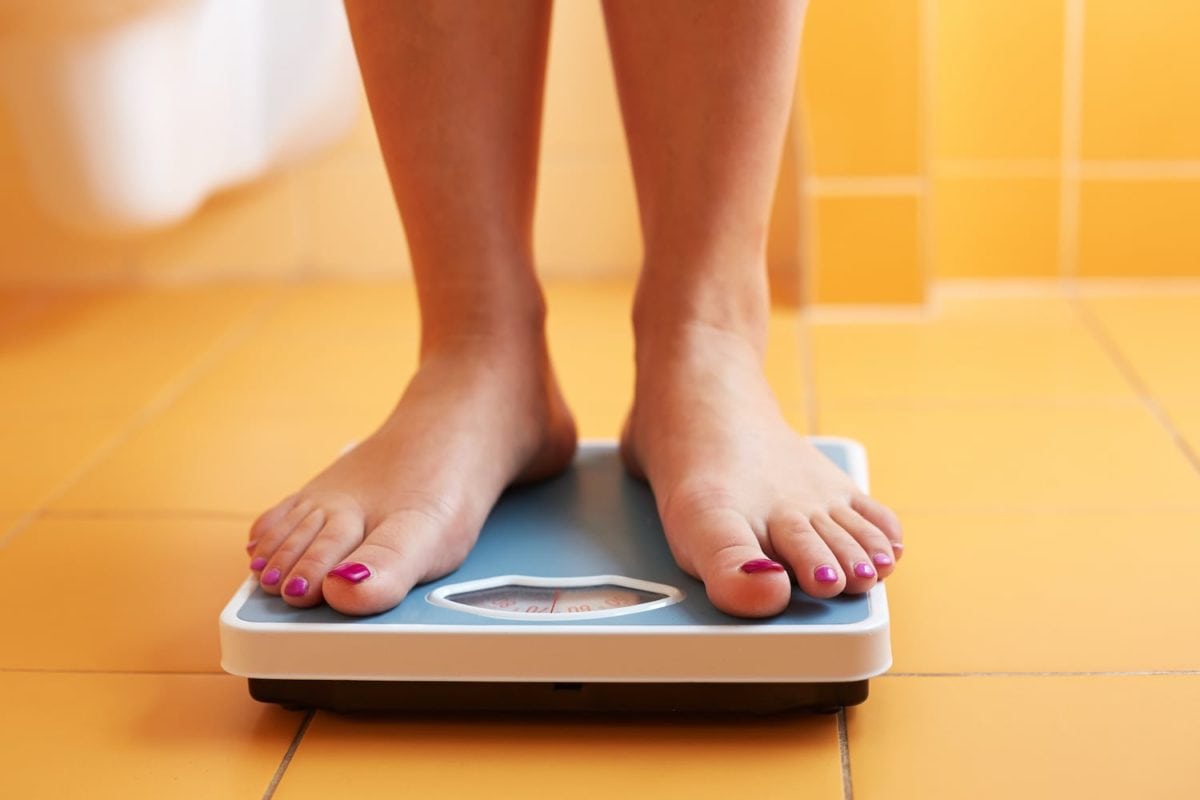
When you’re eating healthy and working out regularly, but the scale just won’t tip in your favor, it’s easy to feel defeated.
First things first, though: Healthy weight loss is slow. We’re talking about 1 to 2 pounds per week — even if you’re eating salads topped with chicken breast for lunch most days and have become a regular in that cardio kickboxing class at your gym. And while it may seem easy to fall for the latest “lose weight quick” fad diet, the Centers for Disease Control and Prevention reminds us that those who lose weight gradually are most likely to keep the weight off in the long term. (High five to that!) Also, even modest weight loss to the tune of 5 or 10 percent of your total body weight can translate to health benefits like improved blood pressure, cholesterol levels and blood sugar.
With all that said, if you’ve reached a frustrating weight-loss plateau or just can’t seem to get the pounds to start dropping, there might be some factors involving your diet, workout routine or even medical history at play. We asked experts to share some commonly overlooked reasons that keep people from losing weight. Here’s their advice to help get the scale moving closer to your goal.
1. You’re Eating Too Many Salty Foods
Oftentimes, when people are trying to lose weight, they’re paying so much attention to calories they overlook sodium, explains Lisa R. Young, Ph.D. and R.D. and the author of the upcoming book, Finally Full, Finally Slim: 30 Days to Permanent Weight Loss One Portion at a Time. Sure, you know pretzels and chips are salty snacks that can lead to bloat. But watch out for those high-sodium foods, especially microwaveable meals, that are billed as healthy. They tend to be loaded with salt, too.
“Limit salty foods such as certain bottled salad dressings, mustard and other condiments, processed foods and skip the salt shaker,” Young advises.
She suggests drinking more water, which, actually helps get rid of water retention. Also, hot water with lemon and certain foods like asparagus and cucumbers have a diuretic effect and can help you de-bloat.
2. You’re Overdoing It On Fruits
Of course, fruits are low calorie and packed with healthy antioxidants. But eating too many fruits — and snubbing veggies for them — can sabotage your weight-loss goals. (Yes, we’re wagging our finger at you, high-calorie smoothie bowls that are all over Instagram!)
“Many of my patients come to me and tell me they are exercising daily but don’t see the scale move,” says Daniela Torchia, M.D., R.D. “They tell me they eat a lot of fruits. When I explain that natural fruit sugar is still energy and glucose in the body, which can be stored as fat if that amount is not used, they are very surprised.”
This is especially true in menopausal women because muscle-building hormones are reduced and the efficiency of glucose use is scaled back, Torchia explains.
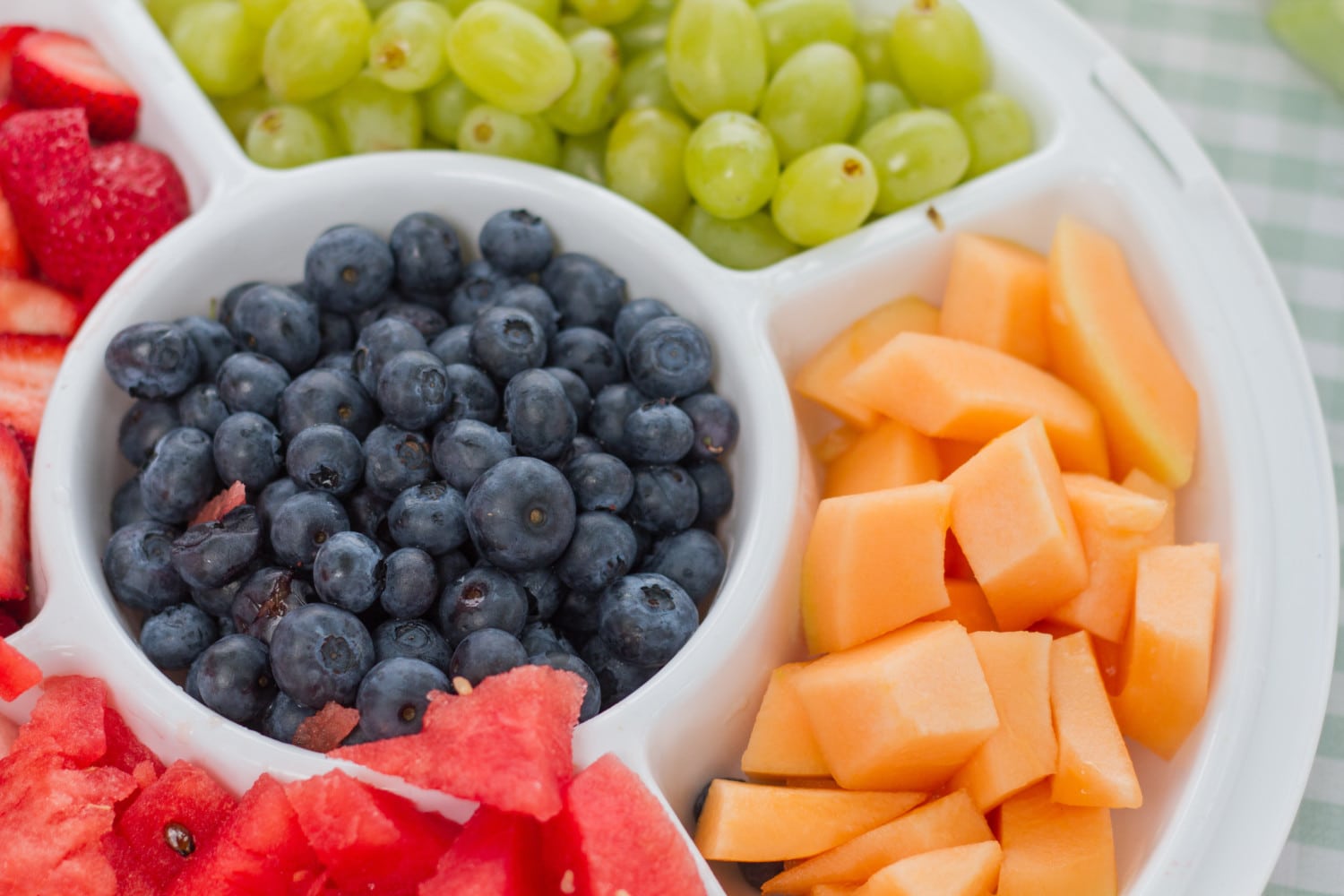
3. Your Fiber Intake Is Too Low
Women should aim to eat 25 grams of fiber every day, while men should target 38 grams, according to the Academy of Nutrition and Dietetics. (This can be adjusted to 21 and 30 grams respectively for those over the age of 50). But many people are missing the fiber mark, says Dahlia Marin, R.D.N., and this tends to lead to overeating. That’s because fiber’s superpower is that it provides fullness after meals, which helps you maintain a healthy weight. It can also help lower cholesterol and keep your blood sugar in a healthy range. Adding to fiber’s credentials is a January 2018 study led by researchers at Georgia State University that found that dietary fiber can prevent obesity by promoting the growth of good bacteria in the colon.
4. You’re Not Tracking Your Food
Keeping a food diary can actually double your weight loss, according to results from a Kaiser Permanente study. Anecdotally, Pam Sherman, a certified personal trainer, says people often struggle to lose weight because they underestimate how much they really eat.
“When I tell people to log their food in MyFitnessPal, they are often shocked to see how many calories they actually eat,” she says. “Calories add up fast, and to lose weight, you really have to be diligent about eating more for function than for fun.”
She reminds her client that you can’t “out-exercise” bad eating habits.
5. You’re Cheating On Your Food Tracker
One of the first questions Alysa Boan, NASM certified personal trainer at FitnessTrainer.com and RealFitnessMaven, asks her clients is: “Are you tracking your food?” That comes with a follow-up question: “Are you being honest with yourself?”
“Did you add that handful of tortilla chips you had at dinner, the candy at the receptionist desk, the creamer in your coffee?” challenges Boan. “All of those items need to be accounted for, and they add up quickly.”
When you’re tracking your food, be honest about portion sizes and small treats so that you can get the results you want.
6. You’re Duped By Foods Marketed As ‘Healthy’
Some foods are billed as healthy or low-calorie, but that’s not always the case, says personal trainer Carol Michaels. Some foods that tend to be guilty of this are protein or meal replacement bars that are actually very high-calorie, yogurts that are filled with sugar, and whole wheat pasta and bread that are high in preservatives and sugar, Michaels says.
Further illustrating this point is research from Cornell University’s Food and Brand Lab. Studies have shown that people who eat at fast-food restaurants perceived as “healthy,” such as Subway, are more likely to underestimate their calorie intake by an average of 151 calories than those eating at a restaurant perceived as unhealthy, like McDonald’s.

7. You’re Stressed To The Max
Being stressed out can make it difficult to lose weight, explains Ashley Matejka, a National Academy of Sports Medicine Certified Personal Trainer and founder of Wellevance. Cortisol, aka the stress hormone, raises blood pressure and blood sugar and suppresses your immune system.
“When you are under stress, your body activates the fight or flight response and cortisol is released,” she explains. “Overexposures to cortisol promotes the storage of fat in the abdomen.”
A 2017 study from the University of London found a link between high cortisol levels and being overweight. Higher cortisol levels were also linked to carrying extra weight around the waist, which is known as visceral fat, according to the Cleveland Clinic.
To help lower your stress levels, Matejka recommends practicing yoga nidra, which is a sleep-based meditation technique that’s designed to activate the parasympathetic nervous system and lower cortisol levels. The lesser-known yoga practice can be done lying on your back or sitting in a chair and no experience in yoga is necessary, Matejka explains. While some studios are beginning to offer yoga nidra, there are also recordings available on YouTube or iTunes that you can do before bed.
8. You Don’t Recognize Some Of Your ‘Food Triggers’
Take some time to think about your associations with food and past experiences, suggests Dawn Joseph, a certified personal trainer and owner of The Right Fit Fitness. Did a parent force you to clean your plate before leaving the table? Was dessert offered with every meal? Do you feel an urge to grab a treat each time you’re at the gas station?
“Figure out your triggers, reduce exposure to temptations and learn new associations that allow you to break these habits,” Joseph says.
Depending on your own associations with certain foods and situations, that could mean eating off of a smaller plate or saving dessert for special occasions.
9. You’re Only Doing Cardio Workouts
“One of the most common things I see is people only doing cardio and expecting to lose a lot of weight,” says certified personal trainer and online fitness coach Alec Menchaca.
Incorporating strength training into your routine is important because muscle tissue, even when it’s at rest, burns more calories than fat and this type of exercise can help you boost your metabolism.
10. You’re Not Getting Enough ZZZs
Perhaps one of the easiest things you can do for weight loss is getting a good night’s rest. Consider this: A 2017 study from the University of Leeds found that people who sleep, on average, 6 hours a night had a waist measurement that was 3 centimeters greater than those who were getting 9 hours a night.
Like stress, sleep deprivation can also raise your cortisol levels, explains Alex Tauberg, a certified strength and condition specialist and sports chiropractor.
“Try some mindfulness training, and setting a schedule for when you are going to go to bed and wak[ing] up,” Tauberg suggests.
11. A Medical Condition
Several medical conditions can prevent people from losing weight, explains Torchia. Hypothyroidism, for example, can reduce your metabolism and decrease your body’s efficiency at burning calories, which then get stored as fat, she says.
Cushing’s Syndrome can result in increased weight from the overproduction of cortisol, which leads to fat storage in the face chest and abdominal area, she says. Depression can contribute to decreased physical activity and poor dietary habits, she says. In women, a dysfunction in ovarian hormone production and cyst formation called Polycystic Ovary Syndrome (or PCOS) can lead to weight gain.
A Final Reminder
If you’re getting discouraged by a weight loss plateau, John Lark, a Certified Strength and Conditioning Specialist and the founder of Sphere Fitness Studio, offers this reminder: Weight loss is never linear, and can look like a stock market chart. Take an average over a week rather than comparing the numbers on the scale on a day-to-day basis. Also consider how your clothes are fitting and your body fat levels. Your weight is just one reading and can fluctuate with fluid levels throughout the day and week.


